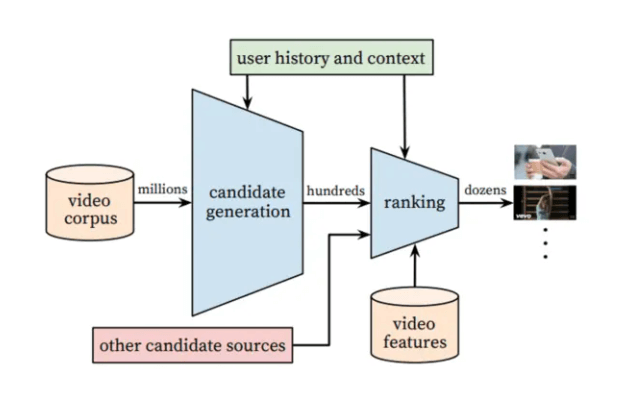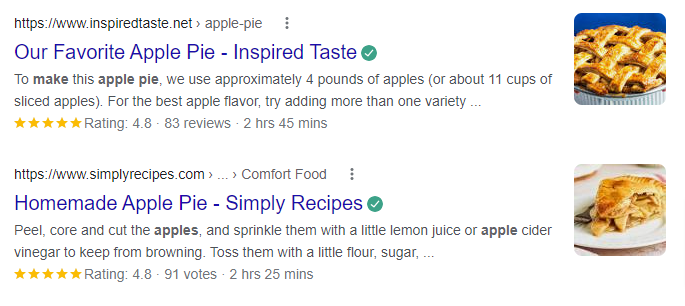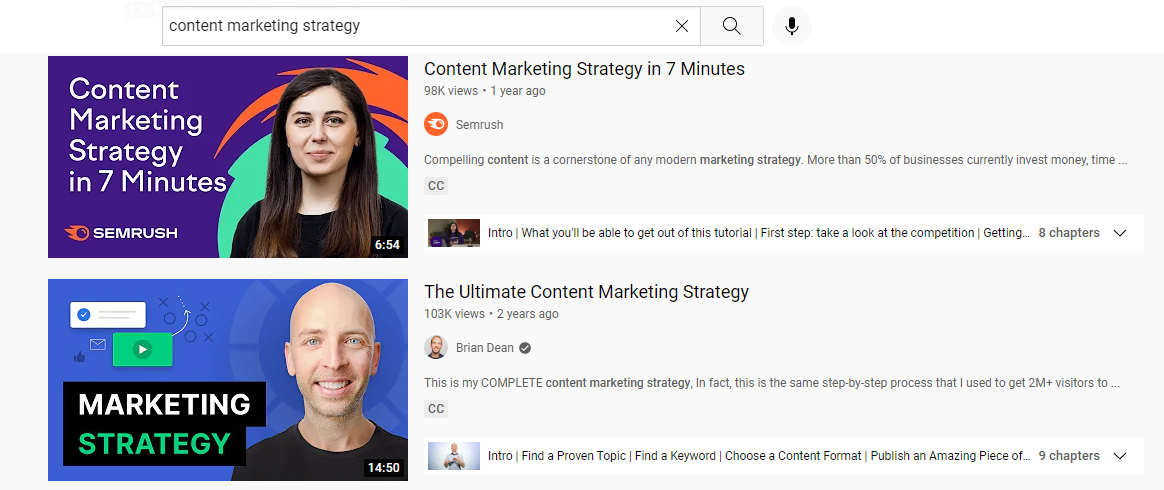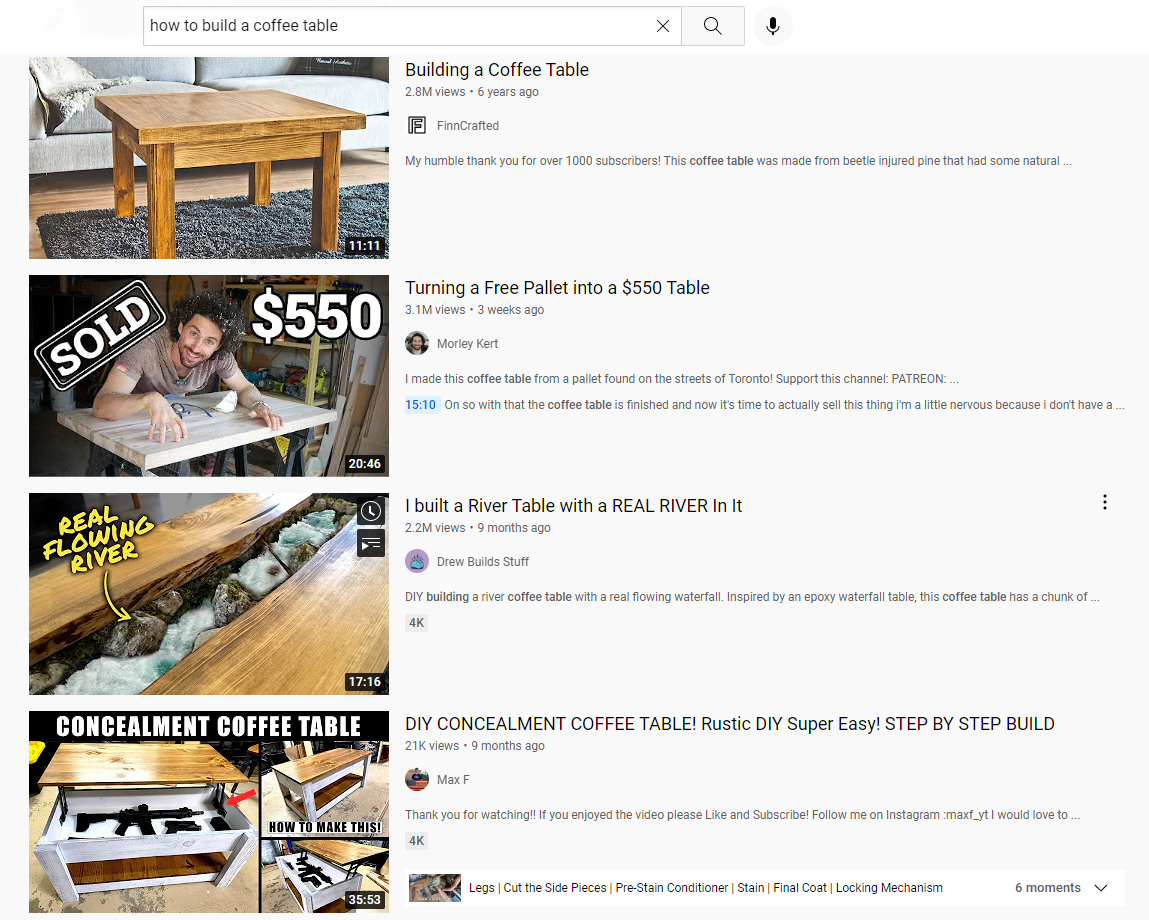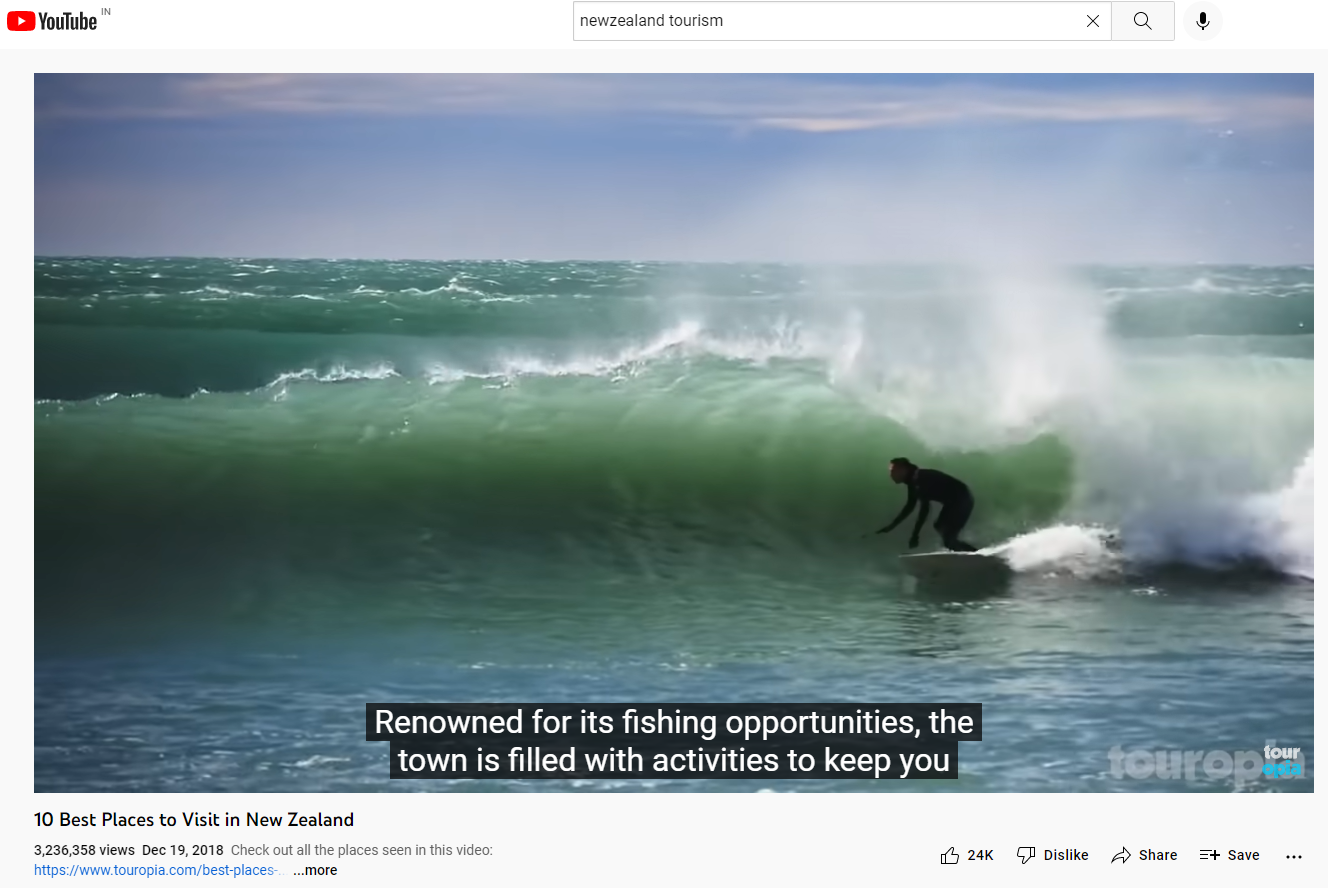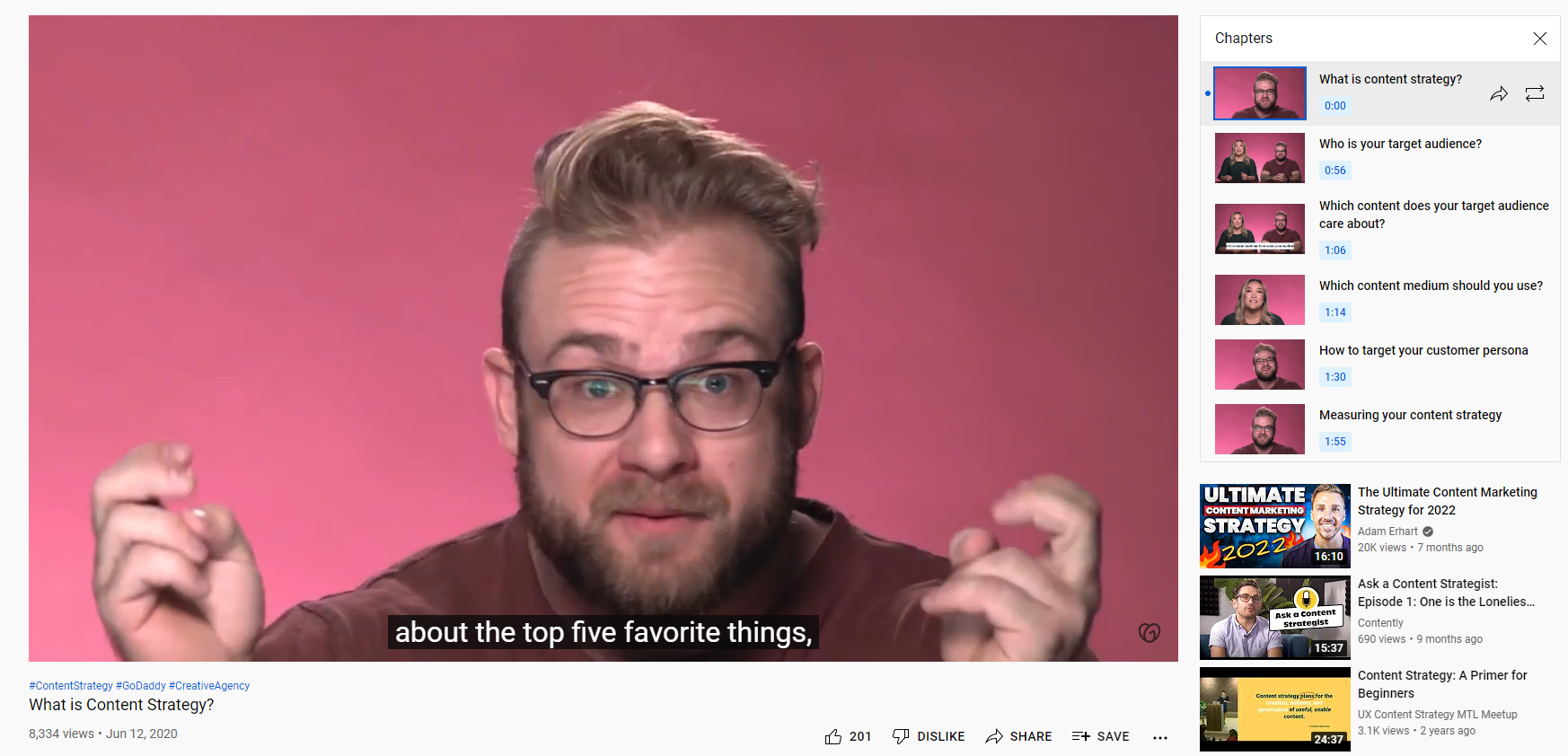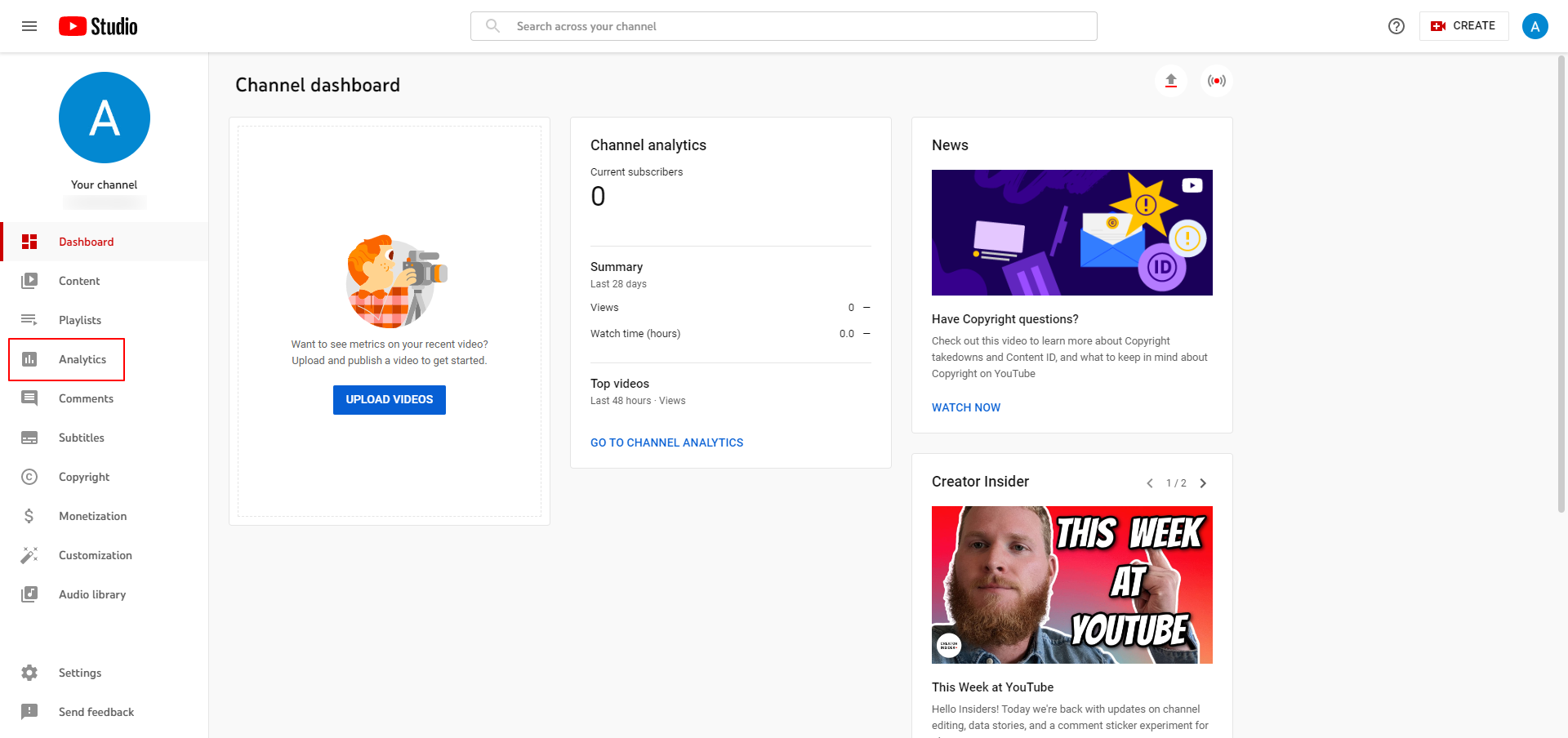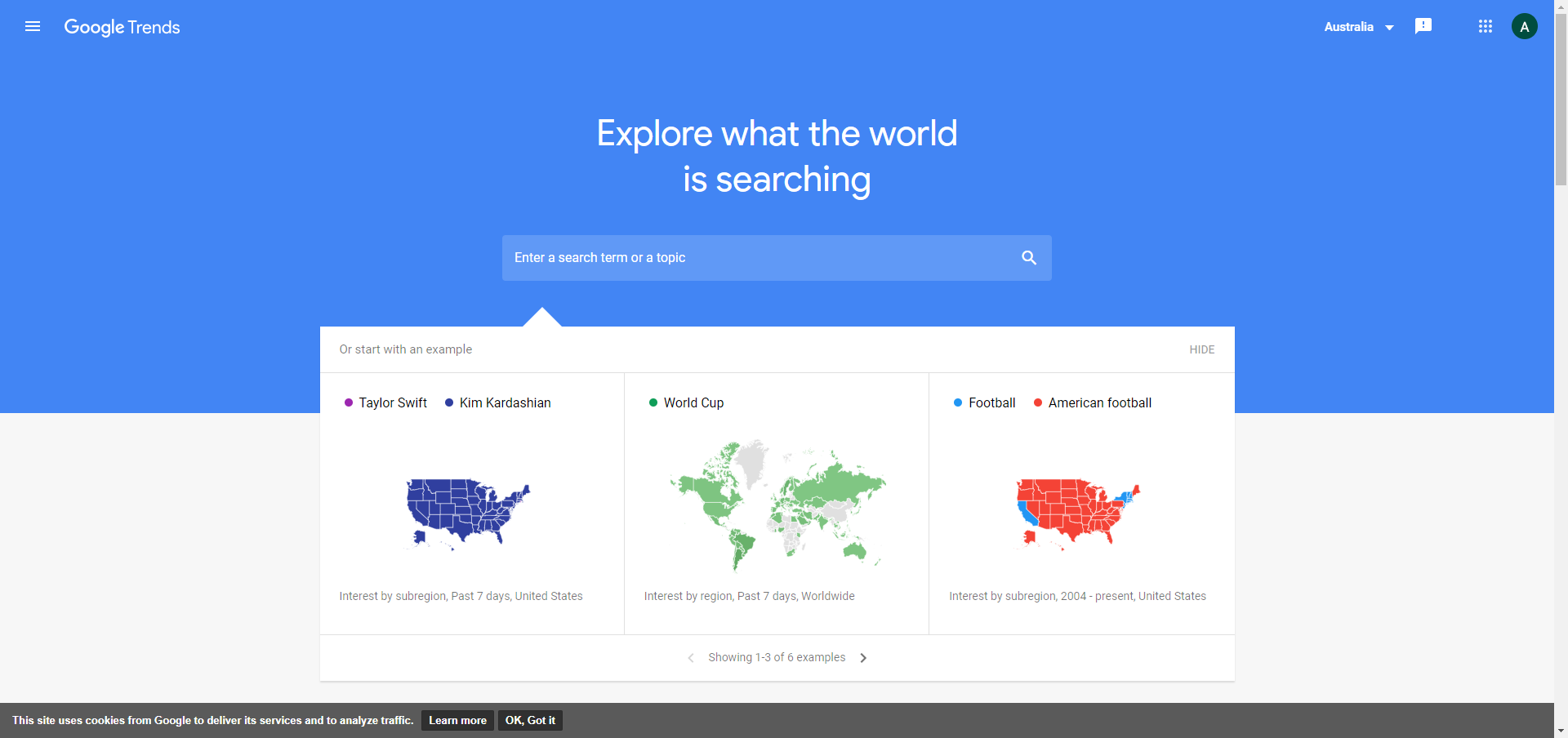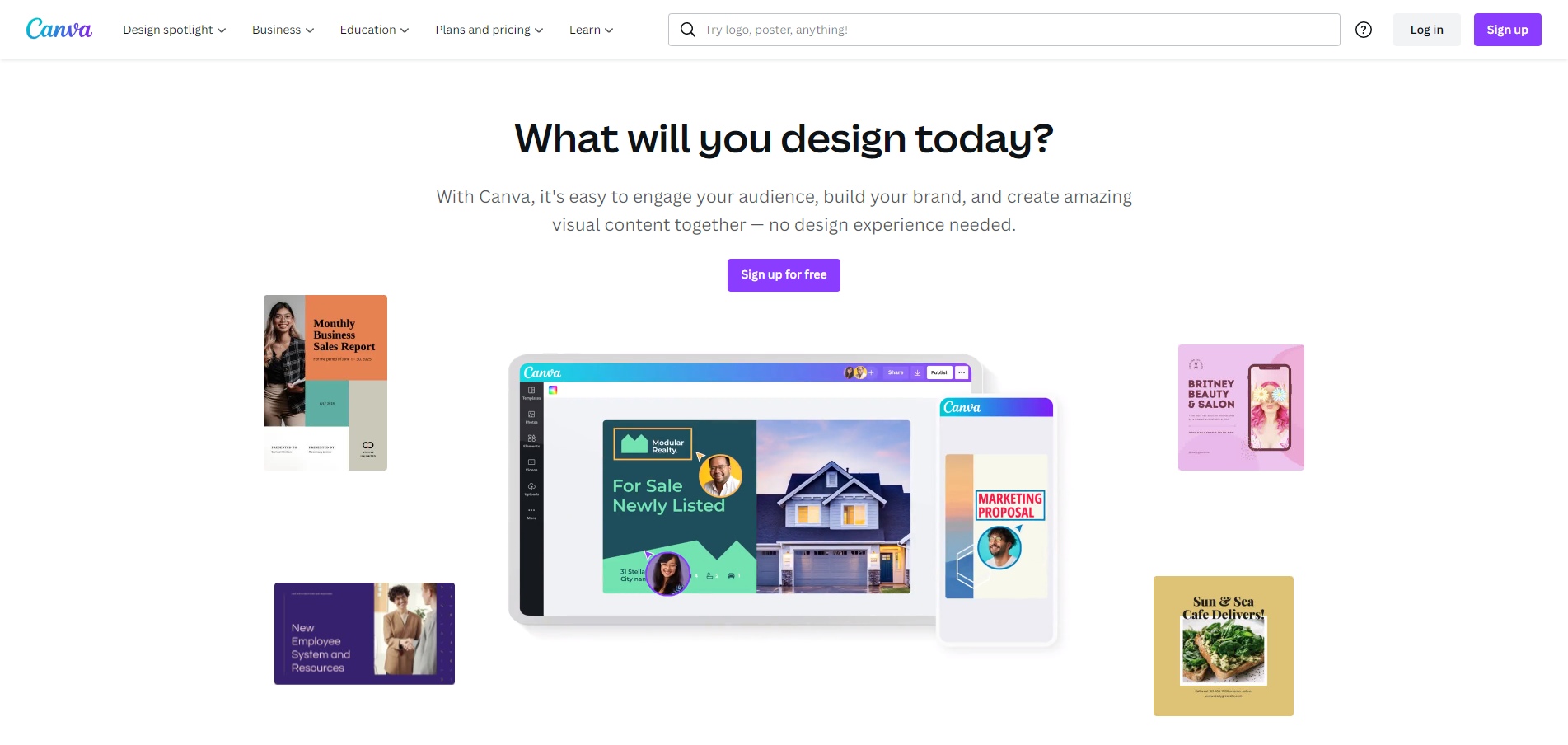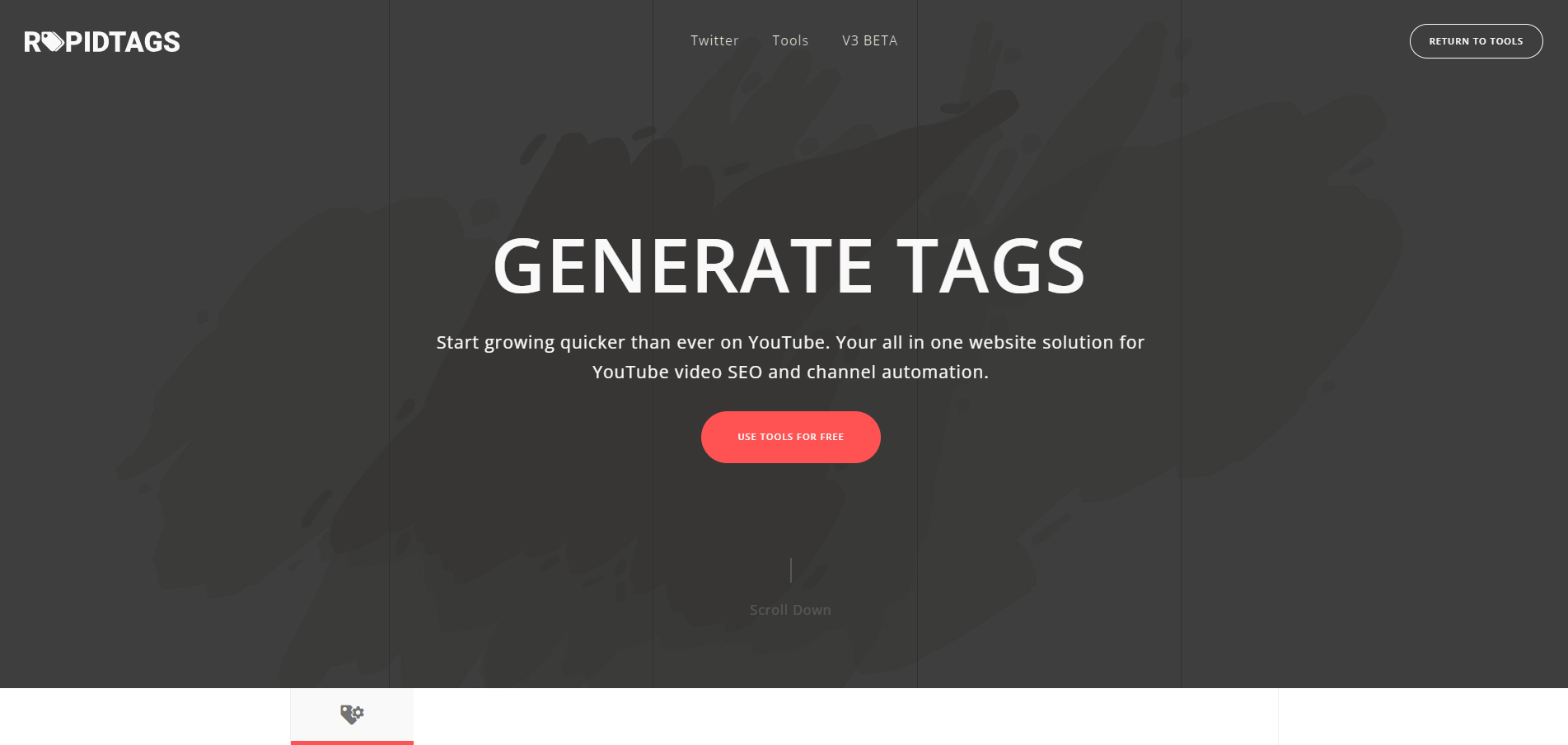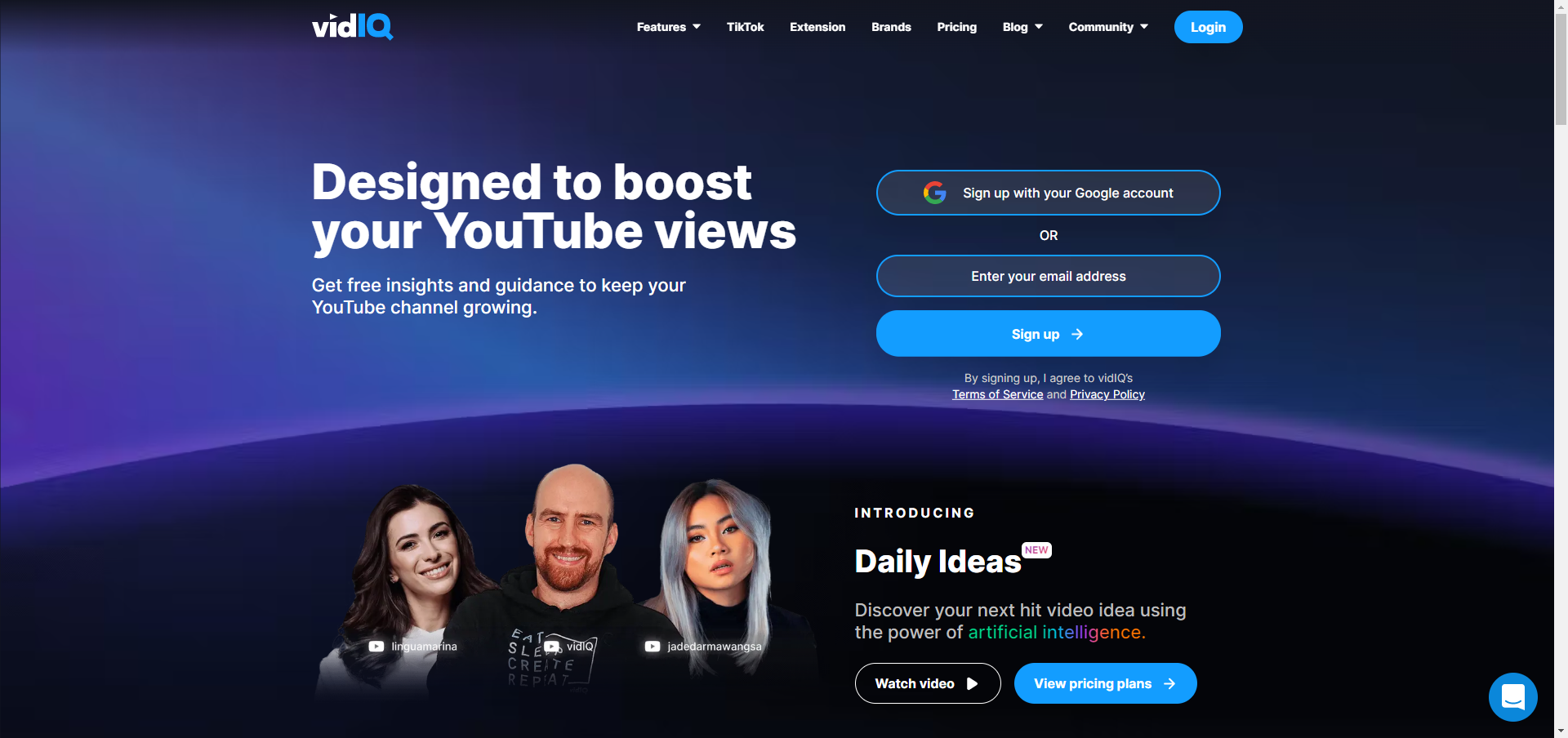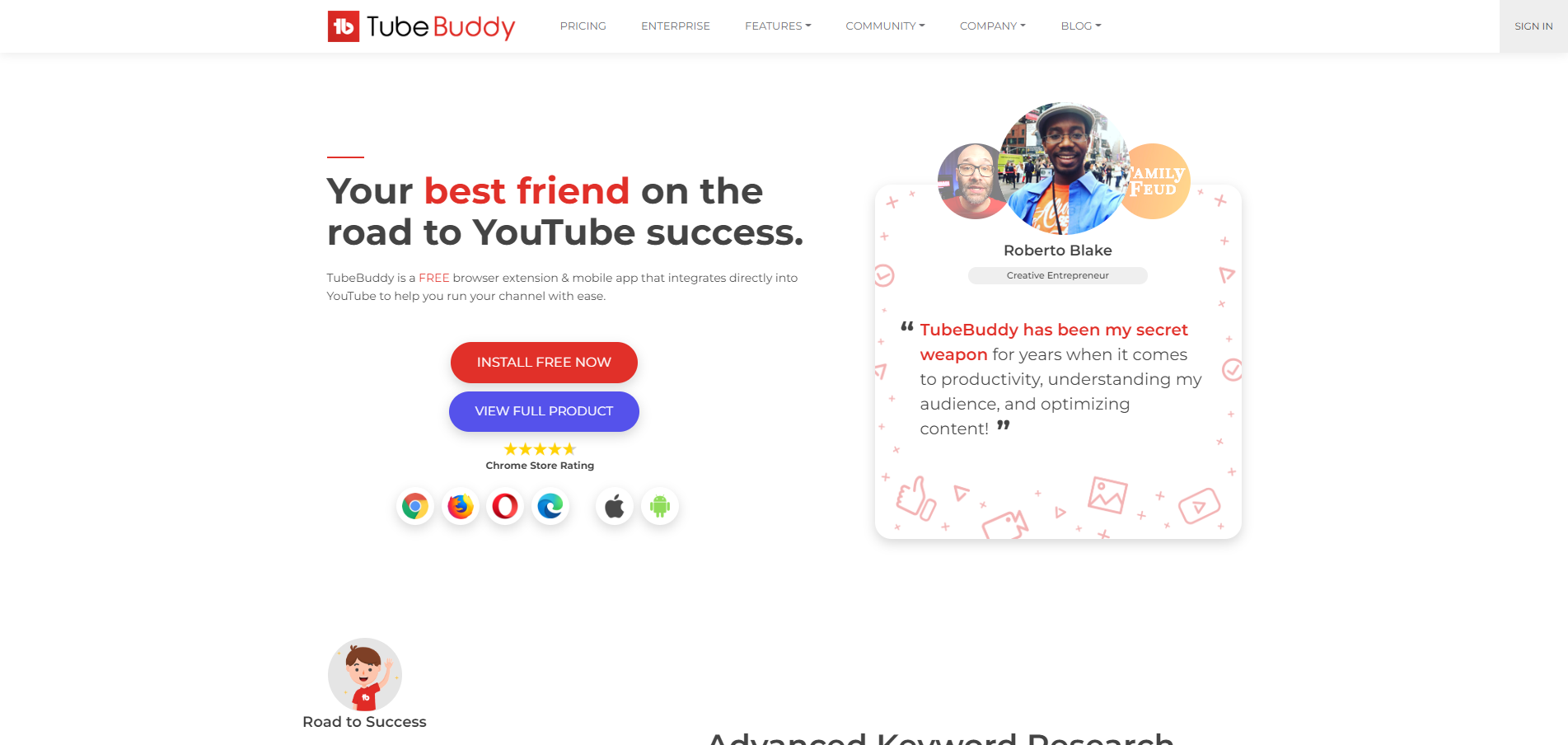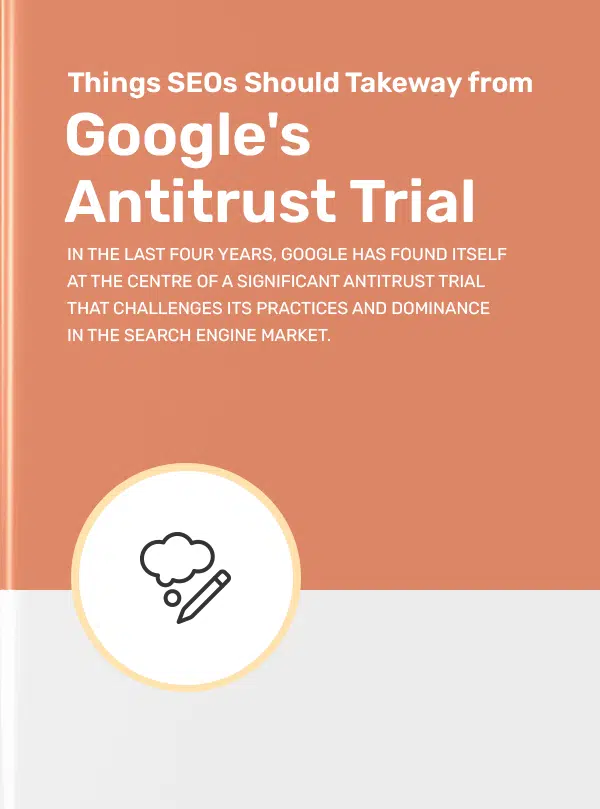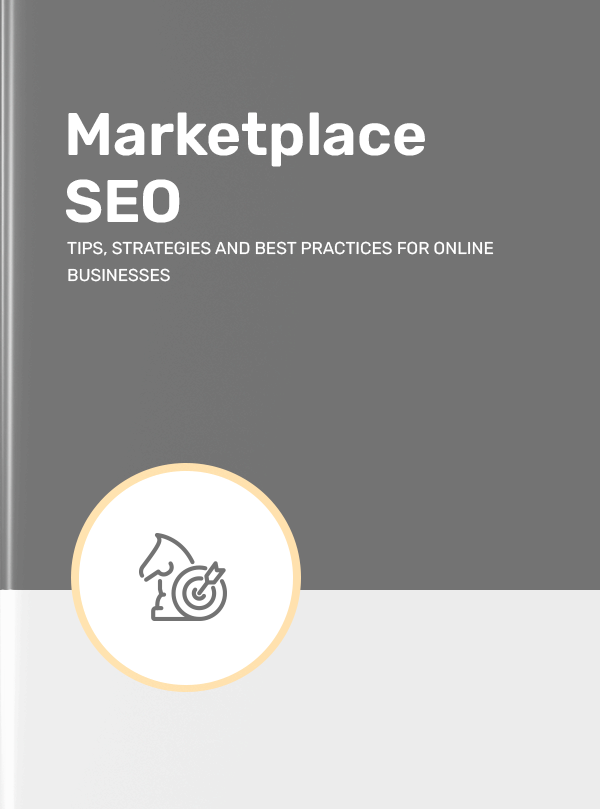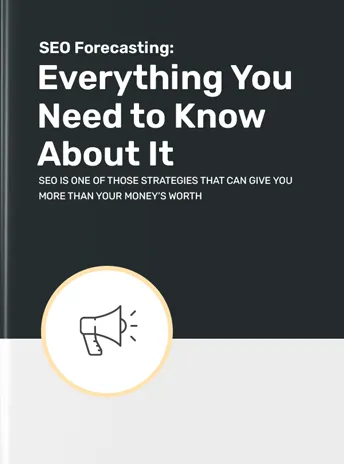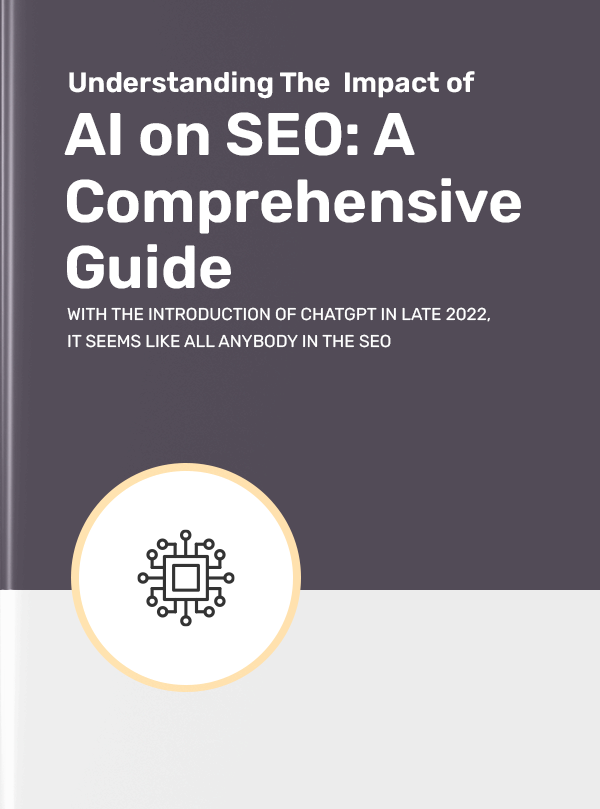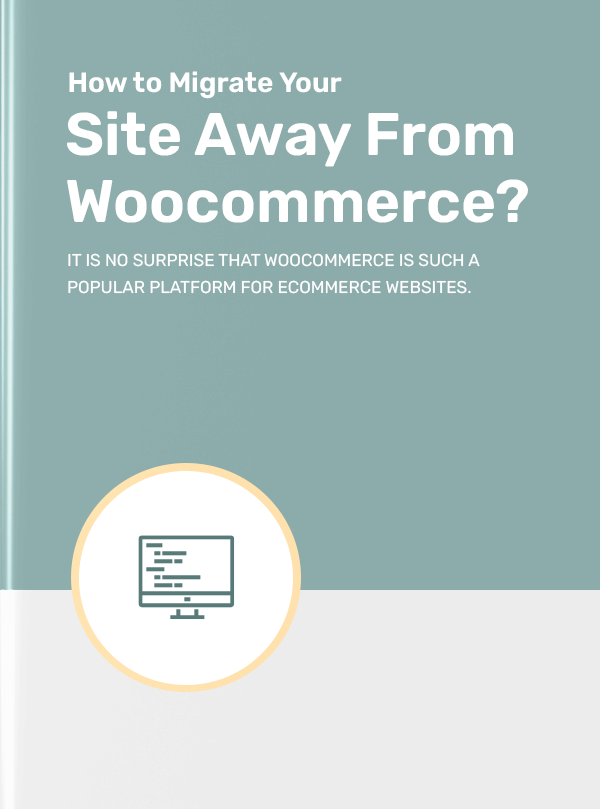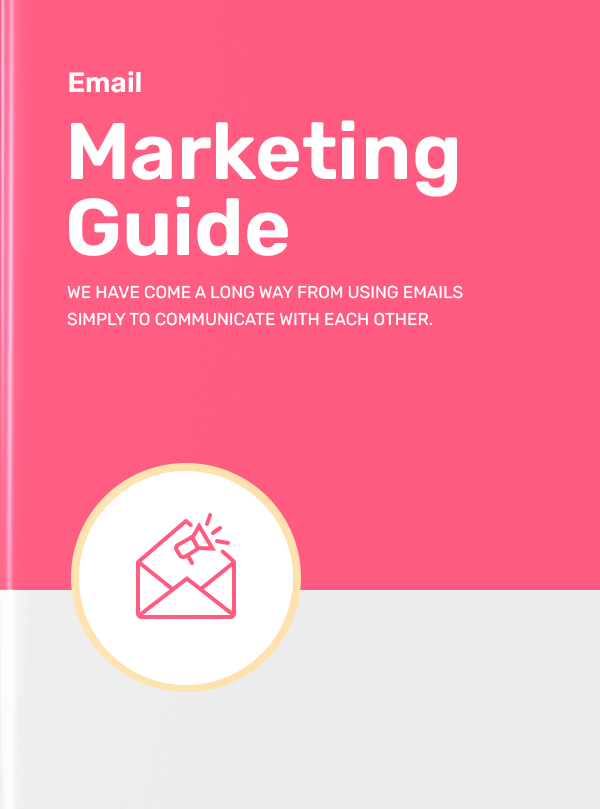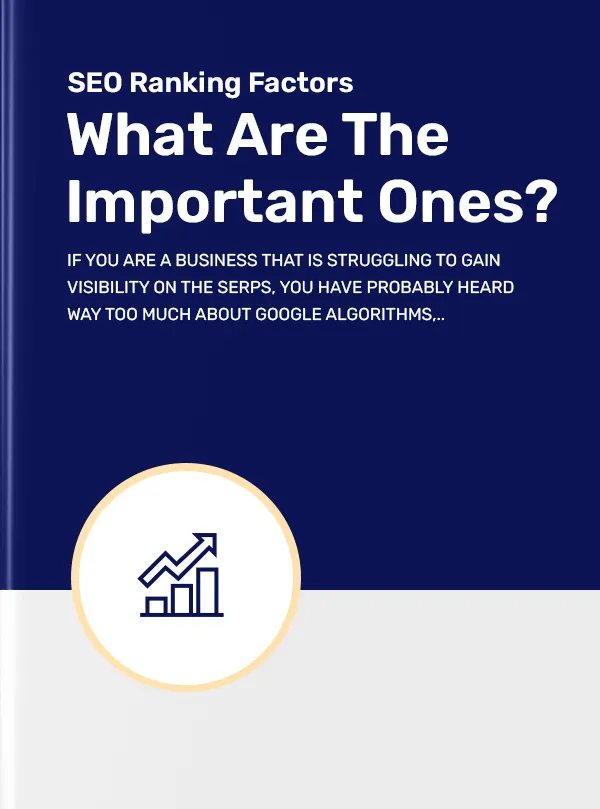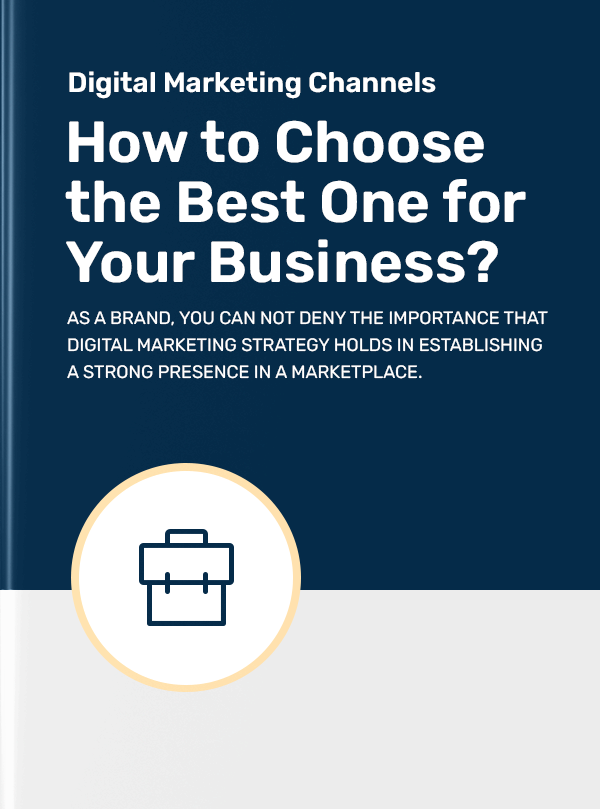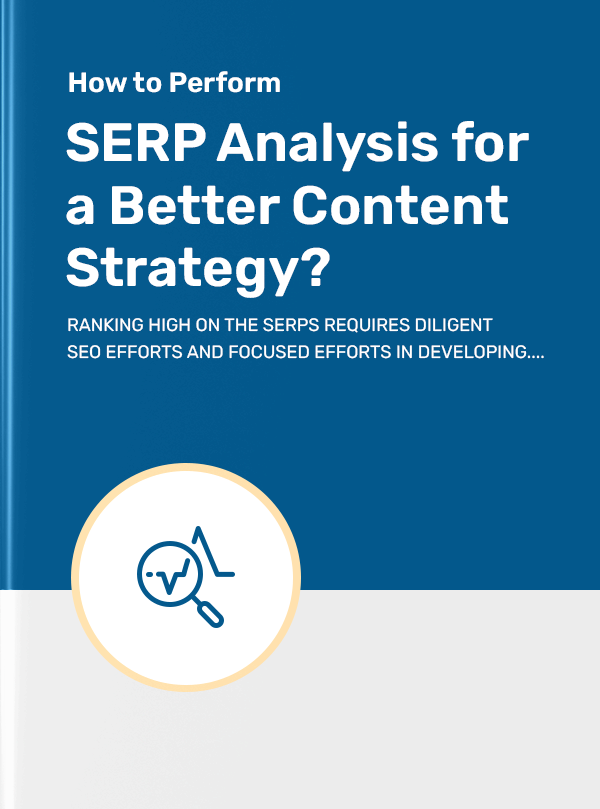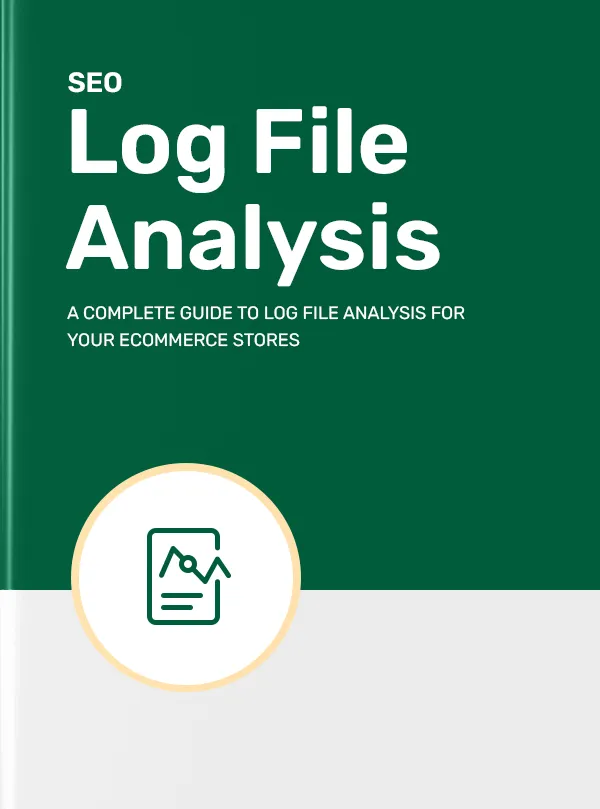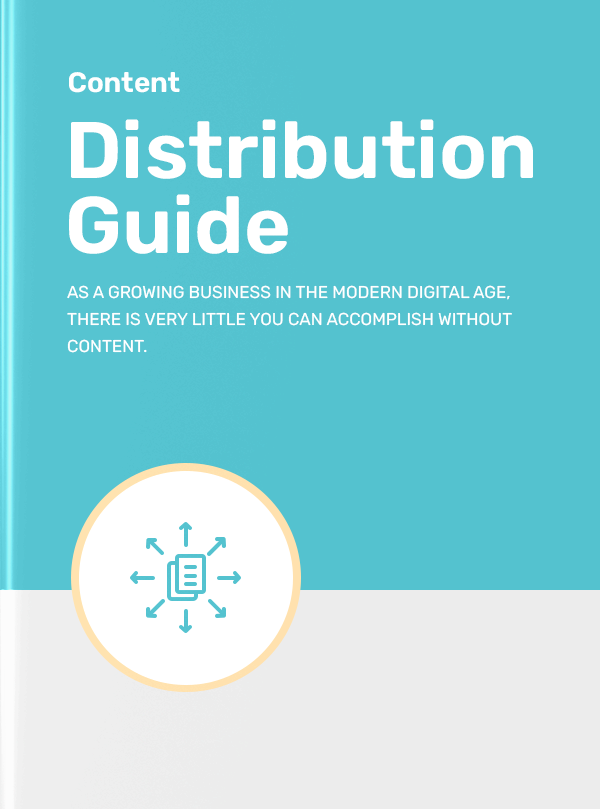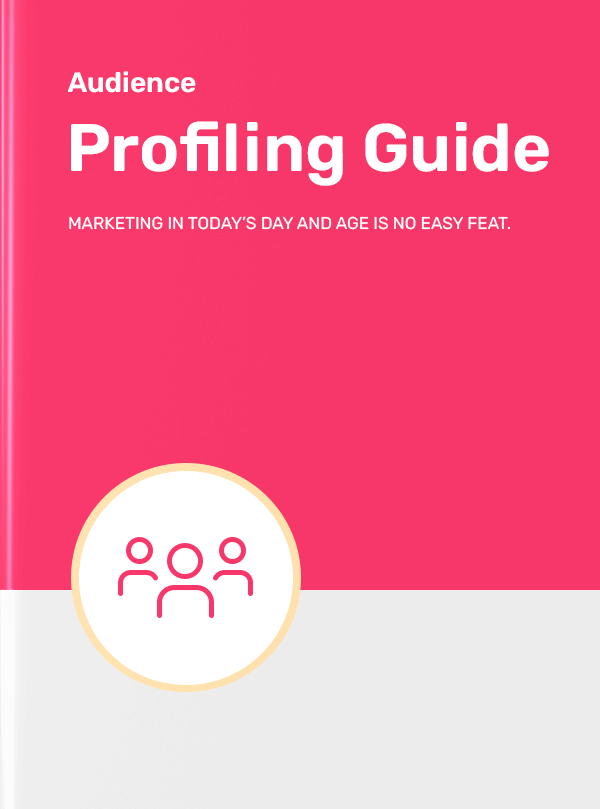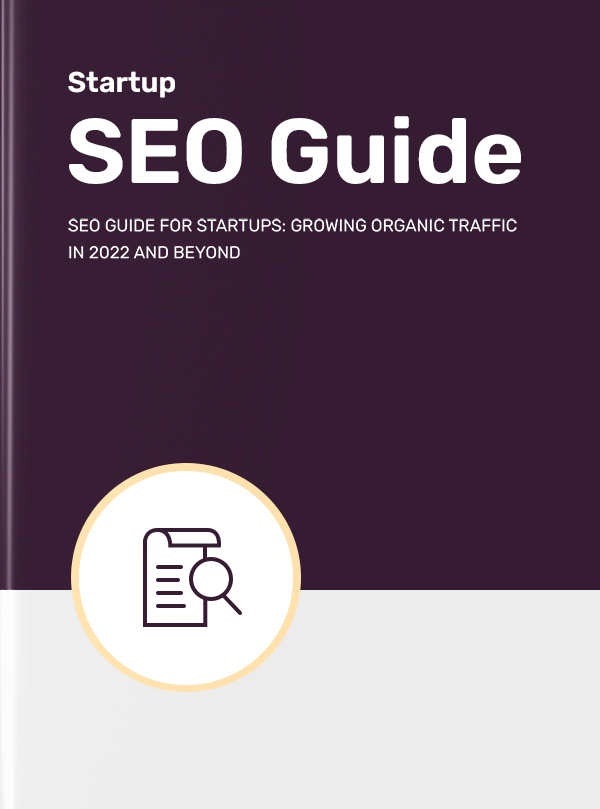Get a Free Seo Audit in Minutes
Get a Free SEO Audit in Minutes
For a while now, videos have been all the rage in the digital marketing realm.
As the insatiable need for entertainment and content grows, so does the world of videos and the demand for it. So it comes as no surprise that about 91% of businesses now use video as a marketing tool.
This means that even if you start publishing videos on YouTube today, over 90% of businesses are still ahead of you and shall compete with you. But worry not, as long as you have the power of video marketing and SEO on your side, you can still shine bright and distinct.
Eager to know how?
That is exactly what we are going to talk about in this guide. Let us get right into it.
With people investing an increasing number of their precious hours on YouTube, understanding how to leverage the platform has become essential for brands. Now, if you are a YouTube user, you may have seen how you get recommendations of videos that you are most likely to be interested in.
Have you ever wondered how YouTube fetches the specific videos that you would like?
Well, it is the YouTube algorithm which forms the foundation of the recommendation system which decides the specific videos that the platform will show you. Now, let us tell you — the YouTube algorithm has evolved quite a bit over the years.
Earlier in 2005, when YouTube had just started, the algorithm was directed to showing the most recommended videos that are likely to generate the most clicks or views. Then in 2012, the algorithm started assigning more importance to the watch time. The logic behind this is that when viewers find a video interesting or valuable, they are likely to watch it longer.
Post-2015, the algorithm once again pivoted towards user satisfaction as the primary metric of success for videos. This means that it started prioritising metrics such as shares, likes, dislikes and the “not interested” button. The inner working of the algorithm was described at length in a whitepaper released by Google and the neural network essentially looked like this:
As you can guess, this pivot became quite successful considering the very personalised approach that it took towards displaying videos. This success brought in several issues for the platform — the primary one being content moderation. The platform strived to balance freedom of speech and dangerous misinformation.
As of 2019, the YouTube algorithm made the community and creator guidelines quite strict in order to encourage transparency. This is the algorithm that is followed even at present.
Sounds complex? We understand.
But along with algorithms, you also have to perceive the end goal of creating a YouTube video more practically. Yup, the views. So, what counts as a view?
If you find someone telling you that every time you click on a video, it counts as a view — well, not entirely true. YouTube counts views based on two criteria:
- A user should intentionally click on a video to watch it
- The user watches it on the platform for at least 30 seconds
Repeated views are counted but only to a certain limit. While YouTube has not specified the limit, most experts suggest that YouTube will stop counting your views if you click on the same video more than 4 or 5 times a day.
So the question that you have in mind now is actually pretty legit — “how do I make sure that my YouTube videos get enough views?”
Don't worry, that is what we are getting into. Your answer is YouTube SEO.
YouTube starts making a lot more sense when you start looking at it as a search engine because that is exactly what it is. As is the case with Google, YouTube too, has dedicated SERPs that you want to target as a brand. After all, you want to feature right at the top of the list when a user searches for a relevant query.
The process of optimising the various aspects of your YouTube channel, descriptions, metadata and tags is YouTube SEO. You can optimise the various elements related to your YouTube channel and videos to improve their placement in the search results for relevant queries.
As a platform, YouTube has constantly evolved and strived to up the ante on the viewing and browsing experience of each user. You can come to this conclusion by simply taking a look at the various kinds of features that the platform has added, and the content relevance that it has been able to achieve.
Not to forget, videos are a great way to address any prominent content gaps that may currently exist in the niche — more effectively than blogs for that matter.
So, now that you have a vague idea of what YouTube SEO is all about, it is time to look at the different ways in which it can contribute to your business. The benefits are more or less the same as the ones your brand can get from SEO in general, but when done right for YouTube, you will be able to take it a notch higher.
Your Channel to Reach a Wider Audience
One of the major advantages that you can leverage from having an effective YouTube channel is an extended reach to a wide range of audiences. You may have a highly effective website and blog that you post regularly on.
With over 2 billion users every month, YouTube provides the right platform for your brand to take things to the next level. Plus, videos are also a more convenient medium to communicate with the increasing number of mobile users worldwide. But only if you have the right tools and tactics to get the desired reach.
And that is where SEO can help you. By making your videos more SEO-friendly, they will be more discoverable to a wider audience. SEO is the reason why you, probably an individual sipping tea in Perth, can seamlessly watch American cats wreak havoc when you search for “funny cat videos”.
More Engagement in Your Videos
As any SEO expert will tell you, superior SEO performance does translate into higher engagement. User engagement and SEO go hand in hand in a lot of ways. We say this because superior user experience and engagement directly translate to higher traffic and ranking on YouTube.
Similarly, better rankings on YouTube SERPs mean that more people will find your video increasing the odds of more shares, likes and dislikes on it. Hence, better user engagement.
If you know that your video is of excellent quality and has valuable or interesting information to offer, ensure to implement YouTube SEO effectively so that the right audience can discover it and engage with it. Scoring high engagement goals on the second most popular website in the world undoubtedly has its own share of perks.
Get More Monetisation Opportunities
As you may have already guessed, with higher popularity comes a large number of ad opportunities and revenue. As a brand, there may be a plethora of benefits that you can get from making and promoting YouTube videos but monetisation is one of the important ones.
So you can not only make videos that will increase your brand visibility but also earn money for you. Who wouldn’t want that extra bit of advantage?
To be able to monetise your YouTube videos, you need to meet the following criteria:
- You should live in a country or location where YouTube Partner Program is available
- You adhere to the YouTube community guidelines, advertiser-friendly content guidelines, Google’s AdSense Policies, Copyright Guidelines, and YouTube Terms of Service
- Your channel should not have any kind of active community guidelines strikes
- Creators are required to link their AdSense account to their YouTube channel
Other than this, your channel should also meet the following basic requirements to enrol in the YouTube Partner Program:
- Your channel should have at least 500 subscribers
- Your channel should have published at least three videos in the last 90 days
- Your channel should have garnered at least 3000 watch hours in the past year or at least 3 million YouTube Shorts views in the last 90 days
However, to get your channel to start earning with the help of AdSense Revenue, these are the criteria you should have followed:
- Your channel should have at least 1000 subscribers and 4000 hours of watch time in the past year
(OR) - Your channel should have at least 1000 subscribers and 10 million valid views on YouTube shorts in the last 90 days
As long as you meet this criteria, you can easily monetise your videos through the YouTube Partner Program. Reaching a partner status using the program will let you place advertisements on your channel which can then translate into ad revenue.
If you post a lot of educational content, you can also use Channel Memberships wherein you can invite people to join your channel in return for the subscription fee. They get the complete membership experience, and you get a dedicated following as well as monetised YouTube channel. Win-win!
If you are far from meeting the aforementioned criteria, implementing SEO for YouTube videos that you post can be a good starting point. It will help you reach those goals faster and hence help you monetise your videos effectively.
Optimise Video Rich Snippets
There are quite a few benefits that you can get by optimising your website or social media channels to be visible on the SERP features. Imagine being a new brand, yet being able to feature in a prime spot on the SERPs — sounds too good to be true? Think again.
SERP features follow a predefined logic and set of conditions that you can easily meet even as a new company. This means that even if you are not able to attain that prestigious high spot on Google SERPs organically, you can definitely boost your visibility with the help of SERP features.
Imagine the traction you can get by getting highlighted on the SERPs with a shiny new video when users search for a relevant query. Doing this is easier than you think. All you need to do is keep the structured data of your webpage URL updated in its HTML.
If you want your video to be truly displayed in the right format, you will need to provide Google with information such as:
- Description of the video
- URL of the thumbnail
- The date on which the video was uploaded
- Duration of the video
If you do it effectively, your rich snippet on the SERPs will look be displayed like the below examples:
Implementing SEO for your YouTube videos will help you get there. To kick things off, you will need to conduct keyword research. This keyword research will need to be specific where you narrow down keywords that are likely to perform well when used on YouTube.
Next, consider the following best practices to ensure that your videos are optimised for SEO:
- Include keywords in the video title and description
- Utilise schema.org markup while uploading videos
- Make use of a video XML sitemap to submit to Google
- Consider adding the links to the video on your website and social media channels
Once you submit your sitemap and necessary details to Google and your video is completely optimised for SEO, there is a good chance that you will see a rich snippet of it on the SERPs, for a relevant keyword quite soon.
Get Quality Leads
If you have been into SEO for a considerable amount of time, you already know how SEO as a strategy can help you generate leads and even increase the odds of optimising your conversion rates. Well, so does YouTube SEO.
We have all heard those success stories, haven’t we?
A solopreneur creating videos to promote his brand, only to get overnight success because their videos went viral. Their business suddenly starts delivering on leads and performance. The problem with this story is that it never specifies how they got the success. Surely, their video did not coincidentally reach millions. SEO is definitely a crucial ingredient in this secret sauce.
Creating videos is a great way to put your brand in front of people across the world. More people means more engagement, and higher engagement definitely means a higher number of quality leads.
If a prospective customer contacts you through your video, you can be assured that they liked the content that you put out there, and find it relevant to what they are looking for. And just like that you now have a qualitative lead.
With the explosion of TikTok, and with it the trend of short videos across platforms, there has never been a better time to invest in videos. What’s more, YouTube is now more well-structured than ever, with labelled sections and video embedding features.
After the May 2022 Core Algorithm update, websites with videos portrayed a better performance than most other websites. Ensure that your videos are easily accessible and do not require complex actions in the process.
The process of getting a higher ranking on YouTube can often get complicated for brands that are new to it. If you ask anyone about the most important factors that impact your ranking on YouTube, none would be able to offer up a singular answer. That is because the number of factors that may get your video to rank higher is not exactly known.
Some say there are nearly a hundred factors, and some think there may be thousands that contribute to your video’s ranking on YouTube.
A good way to start out on this journey is to get to know and understand the various factors that can impact your rankings on the platform. Here are some of the primary factors that you should be paying attention to:
1. Video Quality
When you are depending quite highly on videos to provide impetus to your marketing and promotional strategy, the least you can do is ensure that they are of high quality. It is quite simple actually — having high-quality videos help you show that you care about your viewers’ experience.
But what is more important is that high-quality videos tend to rank better and higher than the ones that are not. For starters, YouTube definitely prioritises HD videos while displaying results for any query.
Take a look at the following image. What do you think puts these videos above the rest?
Sure, the quality of content is definitely high on that list. But the other commonality is actually that they let the users view the videos in HD quality.
Even if you have top-notch content in your videos, if they are not of high quality, your viewers may lose interest and turn to other options. The amount of time your users spend on your video shows YouTube just how useful they find it, so it is important to prevent them from bouncing off.
So in a nutshell, even if you get your SEO in order, if your videos are not of high quality, they simply won’t cut!
2. View Count
Regardless of the motive that a YouTuber may have, their performance on the platform boils down to one thing — the views.
Be it any topic or industry vertical, there will always be a few highly competitive keywords. These keywords can bring your video all the fame and fortune if you leverage them right. But if you do not, they can be quite tricky to rank for.
One thing is for sure — the higher the number of views, the higher the ranking of your videos.
Don’t believe us? Take a look at a snippet of a search we conducted on YouTube.
So, you need to proactively find ways to maximise your views. Apart from linking your video on your website or featuring it there, you also need to share it on your social media channels. After all, internal linking is important. This increased visibility of your videos on other platforms is sure to get more people to watch your videos.
As a result, you will be able to garner a higher view count and subsequently rank higher even for competitive keywords.
3. Video Title
Have you ever been on the receiving end of SEO 101 with someone who is an expert? You may have undoubtedly heard about the importance of on-page SEO for websites. Well, YouTube is no different.
You need to optimise aspects of your videos just as you would optimise multiple parts of your website to perform well in terms of SEO. So while you meticulously curate the titles to your web pages and blog posts, show your YouTube video titles the same love?
Metadata can be quite an important part of your SEO efforts including the title of your video. Plus, your titles are important to forming the first impression of your brand on users as well as search engines (in this case, YouTube).
Titles essentially tell users and search engines what your video is about. So you need to create a title that can attract more traffic and increase views on your video. Ideally, you should opt for shorter titles, because longer ones are likely to get truncated on most search engines and browsers.
Your most high-performing keywords should not only feature in the title, they should be at the front and emphasised. Lastly, remember to make your title as relevant to your video as possible, so that users who click on it do not feel misguided.
4. Video Description and Tags
The next major thing that you need to optimise and should give importance to is the description of your video. Remember that your YouTube description is a crucial ranking factor. YouTube can not assess the quality of your video by scanning through it, but it can surely do so by going through your description.
So by failing to include a video description, you are essentially making it impossible for YouTube to determine what your video is all about. This can then take a severe hit on your rankings. Ensure to write a description that is within 5000 characters and includes strong and relevant keywords.
The magic mantra of including high-performing keywords at the beginning, and including external links works well for your YouTube descriptions. These external links should ideally be your social media channels or links to relevant blog posts.
Here is an example:
Plus, as long as we are talking about making your videos more visible to customers, remember to include hashtags. Tags are basically longer keywords that are relevant to your viewers and help them discover your video. Adding them can be great for your brand but remember to not go overboard.
Say you run a YouTube channel that teaches users how to solve basic plumbing issues on their own. With the help of hashtags, you will reach the right audience and be able to promote your plumbing business based in Adelaide.
5. Watch Time
Now for one of the most crucial ranking factors that you want to consider in the process — the watch time. YouTube can be quite brutal regarding the watch time — you have been warned. If your video does not interest viewers enough to watch it for a considerable amount of time, YouTube shall presume that they do not find your content relevant or useful.
As such, you have to consider two types of watch time when you are trying to get your videos to rank higher - video watch time, and channel watch time.
If a user watches your video for 4 minutes, and then a second user watches it for 3.5 minutes, your total video watch time will now be 7.5 minutes. A longer watch time has a positive impact on the algorithm and ensures that your video gets ranked higher. Identifying and analysing such videos will tell you about the aspects that you should keep in mind while creating content for YouTube. You will be able to fetch insights from YouTube Analytics function, and tweak your videos to boost your video watch time.
There are proven ways to ensure that your videos can garner higher watch times. One such way is adding annotations in the video, and leaving links to other relevant videos in the YouTube description.
Other than increasing the watch time on your individual videos, you also need to ensure that you are able to garner and increase the overall watch time on your channel.The watch times associated with individual videos on your channel are added up to calculate the overall watch time of your channel. Your channel is deemed as an authority on a certain topic if it has a high watch time, and any future videos you make on the topic will get ranked higher.
6. Audience Retention
After the watch time on your videos and channel, audience retention is an important metric that you want to consider when you are trying to get your videos to rank. It is very similar to watch time, and measures the average length of time your videos are watched.
At this point, you should know about the two primary ways of displaying audience retention:
- Absolute Audience Retention
- Relative Audience Retention
The relative audience rate will let you know the exact percentage of video that is viewed on average. On the other hand, absolute audience retention indicates the exact number of minutes your video is viewed. But remember that the quality of the content in your video holds higher importance than longer watch times or audience retention.
7. User engagement metrics
In the end, even if you get your SEO for YouTube right, you will need to engage your audience to be able to generate the desired results. More importantly, you will need to quantitatively measure this engagement from time to time, and tweak your content and strategy accordingly.
Some of the primary metrics that you need to consider in the process include likes and dislikes, comments and the number of subscribers. A YouTube channel that is effective will be able to perform well in all of these criteria. Since YouTube does not necessarily have backlinks to assess the quality of a video, thus comes extra reliance on user engagement.
If you are able to convert viewers into subscribers directly from a video, that is great. You just showed YouTube that your content is amazing and useful.
8. Sessions
Another important aspect that you need to consider when you are trying to get your videos to rank is sessions. A session is defined as the length of time a specific user stays on the YouTube platform. As a streaming platform, this is undoubtedly one of the most crucial parameters for them. A longer session duration has a positive impact on the YouTube algorithm.
You also need to consider the start and end of sessions to evaluate the role that your video will play and how it will impact its performance. YouTube algorithm will rate your video positively if your video is the first to be viewed when a user lands on the platform, especially if they have arrived through an external link. If this session is longer, it is even more beneficial for the ranking of your video.
Similarly, the end of a session is determined by a specific user leaving YouTube. If they quickly jump away from your video and leave the platform, YouTube algorithm will view your video negatively, which will in turn impact your YouTube SEO performance.
9. YouTube Click-through Rate (CTR)
The notorious CTR has been discussed and debated over quite often, hasn’t it? Why and if the metric is important, how to maximise it, etc.
Well, we are here to tell you — it matters quite a bit especially when we consider it from the YouTube SEO standpoint.
Ideally, when a user searches for a query relevant to your video, you want them to click on your video over others, right? Turns out it is not just your hope that relies on this action. YouTube is also keeping a close watch on the users’ behaviour.
The total number of people out of hundred users that click on your video is your click-through rate. Higher number of clicks shows YouTube that your video is worthy of ranking higher on the search results. Similarly, if users avoid clicking on your video, it will adversely affect your rankings.
Take a look at the second result in the above image. You will notice that despite having fewer views and lesser authority than the other results, the video ranks high. Why? It is simple, really. Because the title of the video matches the search intent behind the search query resulting in a higher CTR.
So, what can you do to ensure that your click-through rate is consistently high? For starters, you can put a lot of effort into creating a strong title, thumbnail and description for your video. Doing so will help you create the perfect first impression of your video and help you stand out from the rest of the search results.
10. Video Length
At the end of the day, the length matters, and not just for your text-based blogs but also for your videos. You will find that longer videos consistently outperform the shorter ones on YouTube, due to the sheer volume of information they manage to pack in that length.
So, does that mean that you make a long video on a topic of relevance and leave it to fate? Not really.
While length does matter, YouTube does consider video length as an important parameter to understand if the content actually covers all the crucial points. Remember, having a video of an appropriate length is far more important than having a long or a short video.
To get it right for your videos, we suggest creating videos of various lengths initially. Now, you can track your channel analytics to see which ones do better than others. These are the ones that you should be holding as inspiration for your strategy going forward.
So, if the analytics show that your hour-long how-to videos are actually bringing the most traffic and success, feel free to rely more on them. On the other hand, if your shorter videos seemingly hit, those are the ones that you need to invest more time and resources into.
11. Closed Captions
If you are uploading YouTube videos at a considerable frequency, without adding closed captions, you are missing out on quite an opportunity.
Closed captions are text phrases that display on the video like subtitles displaying the spoken word for the viewers while the video plays on.
For one thing, closed captions help you open up your videos to a wider audience including deaf viewers and viewers who do not know the language in which the video has been made. Secondly, closed captions can be crawled by search engines making it easier for you to rank higher for relevant search queries.
Now, you may have noticed that YouTube offers automated captions for videos. But these captions tend to be heavy with errors, which can lead you to make manual corrections. Alternatively, we suggest you write and upload your own captions for videos for accuracy and a seamless user experience.
12. Chapters
Remember, how our school textbooks were divided into easily digestible chapters? There is a logical reason for that. By dividing an entire subject into chapters, you can differentiate the context of each subtopic and revisit any specific topic with ease.
Similarly, video chapters help you divide a long video into specific chapters. These chapters help you create sections, wherein you can add info and context. YouTube helps you by creating automated chapters but creators can create chapters manually according to the logic they have set for the video.
Here is an example:
These smaller split sections or chapters of videos can also be spliced and repurposed into shorter videos. Doing so especially helps when you are working with very long and informative videos. These chapters will help your viewers navigate your video more effectively.
The ease of rewatching and watching your videos in sections is likely to bring more traffic to your video, thus raising your chances of ranking higher.
13. Upload Frequency
Most brands do not struggle with setting up a YouTube channel. Let’s face it — how difficult it can be, YouTube practically does it for you.
The struggle part of the process is when they need to facilitate and manage this YouTube channel. Why? Because this part actually requires quite a bit of discipline. If you are a brand that just uploads a couple of videos and then abandons your YouTube channel, then we have news for you. YouTube is not going to be useful for you.
On the other hand, a YouTube channel that has a decent upload frequency can get quite a few benefits. This metric suggests how frequently a specific channel uploads videos. Your YouTube SEO will automatically go up as and when you have an active channel, which would then mean that you have a higher number of videos on your channel.If you have a great upload frequency and along with that, you maintain a steady authority, then you can rest assured of a high ranking. These metrics would indicate to the YouTube search engine that you are a fairly reliable channel that has a great repository of content that is consistently uploaded for viewers’ benefit.
Now that we have got the whys and whats out of the way, it is time to focus on the how. SEO for YouTube can get quite complicated if you do not take an organised approach to it. To be successful, you need to create a robust process and stick to it for consistency.
With that in mind, here is the step-by-step process that you can take towards YouTube SEO.
Step 1 - YouTube Keyword Research
As we mentioned before, keyword research is where it all begins when you are trying to get your YouTube SEO in order. Right from makeup to building a plane, millions of people search for a wide range of videos on YouTube.
So when you are looking for the right keywords to target through your YouTube videos, it bodes well to use multiple ways of conducting keyword research. The simplest way is of course by leveraging YouTube’s Search Suggest feature.
You may have noticed that when you start searching for a query on YouTube, it starts autocompleting your queries based on what you are typing. You should look at leveraging this feature for your keyword research because YouTube is literally telling you that these are the terms that users are searching for the most.
Now, if you are operating in a segment wherein your competitors have already dabbled quite a bit in creating YouTube videos, finding out the keywords they use may be a good starting point. So audit your competitors’ YouTube channels, and ensure to stay clear of competitors who have a lot more subscribers than you do.
There are, of course, tools that you can use to aid you in the process. One tool that comes highly recommended by SEO experts is a chrome extension — VidIQ. The tool has a dedicated keyword research tool for YouTube.
Apart from getting a list of keyword ideas using the tool, you can also get comprehensive data pertaining to the keywords, which will undoubtedly help you when you are auditing keywords related to your competitors. You will be able to see how many people search for the keyword, and the competition associated with that keyword.
The best part is that you can leverage this powerful tool to identify the primary winners in your niche on YouTube and gain insights into what they are getting right. You can also track the traffic sources to see where the traffic on the video is coming from. There can be multiple traffic sources for a YouTube channel including social media, website, forums and even messaging apps.
Keeping track of these sources is important to see where you should be investing your resources. This process can also be a part of the overall keyword mapping strategy that you deploy for your videos.
Once you have a list of potential keywords that could work for your videos or channel, having an effective way to filter this list is a good idea. What’s more, you should start with identifying the low-competition keywords — they are the ones you can easily rank for.
Analyse the competition you may face for a specific keyword, you can run a quick check using Google. On Google search bar, type <keyword> site: youtube. The number of results displayed in the fine print is your total number of competing videos.
For instance, we tried this out with the keyword “funny cat videos”. Here’s what we found.
See the results? You can clearly deduce from this exercise that using funny cat videos as a keyword might not get you anywhere considering the hefty competition.
Step 2 - Create a Video that Increase Audience Retention
Since you are already in the process of creating videos for your YouTube channel, the other aspect that you should be paying attention to is maintaining and increasing your audience retention.
Firstly, know that there is no fixed golden audience retention percentage that you should be aiming for. People with varied intents could click on a video and depending on that, they will watch it for different timespans.
While this is bound to happen, as a brand you should be analysing this data and creating videos that are able to cater to these diverse audiences and intents. The first and foremost aspect that you should be paying attention to for increasing audience retention is creating a highly engaging introduction.
The first few seconds or minutes of your video (depending on your video length) is where your users are most likely to move away so grabbing their attention at this point is crucial. Plus, if you are creating highly valuable content, then creating longer videos may be something you may want to consider.
Even with longer videos, ensure to split them into chapters. The result? Even if users do not find the first five minutes of your video useful, they are likely to skip to a chapter that is relevant to them and watch it completely. Thus, increasing your watch time.
Another proven way to retain audiences on your YouTube channel for a long time is to give them a sneak peek of what is to come. Doing so, will help you build excitement among your audiences for the upcoming videos, and might even prompt them to become subscribers.
But remember, even with all of these tactics, if you do not invest in high-quality content and video SEO, you are not going to be able to retain your audience. So you need to ensure that the quality of the footage, editing and information is top-notch.
Step 3 - Video Optimisation
So, you have successfully figured out a bunch of keywords that will work for your videos. You have even created a video that is edited and ready to upload. It is now time to figure out the various ways in which you can optimise your video so that it performs well.
Firstly, you should of course utilise the keywords that you have worked so hard to find in Step 1. Plan out the frequency and placement of these keywords and include them at the right opportunities including within the title, descriptions and transcriptions.
Not to forget, your video title should not only include your keyword, but it should also be concise and clear in communicating what the video is all about. Needless to say, you will need an eye-catching and relevant thumbnail image to go with the title that you have just curated.
Paying attention to even these details will help you get your video out in front of the right audience. But along with the right audience, you should also strive to make your video accessible to a wider audience. Something as simple as adding subtitles and captions in your videos can go a long way.
By adding closed captions, you are making your video content accessible to deaf audiences and subtitles make it easier for global audiences to understand and engage with your content. Apart from these aspects, the other thing that you should be paying attention to, is having a great description for your video.
Ensure to create a video description that captures the essence of your video and offers the perfect introduction. After all, your description is one of the factors that would drive users to click on your video.
Once you have added all these details to your video, you may be looking at a completely optimised video. But wait, let us not forget about the tags. Tags help users discover your videos. Ensure to add tags that are relevant to your video in the description so that a user looking up the relevant tag will likely stumble upon your video.
Step 4 - Promote Your Video
Marketing and promoting your video is the last step on this journey to bolster your YouTube SEO efforts. Now, you have a plethora of avenues available to you when you are looking to promote your videos.
However, ensure to create a clear and well-structured strategy for marketing and promoting your videos so that you can maintain consistency. More importantly, by doing so you would also be able to measure the success of your videos more effectively, attribute it to the right marketing channels and tweak your strategy accordingly.
Quora, a Q&A-based website that doubles down as a forum for users, is a great place to plugin and promote your videos. A quick sweep of relevant Quora questions will give you plenty of opportunities to post your videos as a response or a useful reference. This is a great way to organically promote your video on Quora.
Of course, when we are talking about promotions and marketing, it is kind of difficult to miss out on mentioning social media channels. Social media networks such as Facebook, Twitter and Instagram are still some of the top avenues that you should consider for promoting your videos. For videos, Instagram is especially an effective platform for promotion due to the higher number of engaged users.
Apart from social media platforms, emails are still an effective way to capture those extra eyeballs. Email marketing campaigns can provide the perfect impetus to your youtube channels and videos. You may have come across companies that send email newsletters containing links to blogs and videos.
Admit it — if the sender is a brand that is relevant to your interests, you are going to click on these links. This is the precise reason email marketing works so well.
If you are big into promoting your brand right now, chances are that you are more active in publishing blogs than in creating and posting videos. Fair! This can actually come in handy. If you have posted quite a few blogs, you may have already built a decent reader base for your blog section. These readers are your prospective YouTube video subscribers.
Just ensure to embed your latest video in some of the relevant blogs, so that the next time someone reads it, they are also driven to watch the video embedded by you. If your brand is looking for some extra traction, do not shy away from the additional expense of YouTube advertising. Sponsor that video that you know for sure will do well. It will only give it that extra boost so that it reaches a wider audience.
Most importantly, along with promoting your video through YouTube and external means, you also need to take a hard look at how your channel looks to your audience. Organise everything so that it does not look cluttered. If you cover a wide range of subjects in your videos, group them in playlists so that users can easily navigate through your videos and channel.
Add necessary details to your channel page so that curious users find credible information about your brand. Link details such as your website address, social media handles and specific details about your brand so that users can get pertinent information easily.
Now, you know all about creating a YouTube video, the benefits of doing so and how YouTube SEO can take your endeavour to the next level. The next destination on our journey to understand video SEO better is getting to know the tools that are essential for your YouTube journey’s success.
The following tools are likely to help you with myriad functions that you are trying to accomplish with your YouTube videos.
No points for guessing here — if you are looking to succeed on YouTube, the most important tool that you should be relying on is YouTube analytics. It is the inbuilt analytics tool provided by YouTube for its creators. You can get interesting insights about your channel including your audience profiles, their preferences, and what kind of content engages them. All this data can then inform your strategy and strengthen your YouTube channel.
#2 Google Trends
When you are working on taking your YouTube channel to places, you are going to need a bottomless repository of content ideas. Understandably, our brains or even our teams’ collective brains may not be that expendable. Enter: Google Trends.
Using Google Trends, you can always be on top of what’s trending in a specific geographical region or worldwide. Equipped with this information, you can then plan content that will be relevant and is likely to garner a lot of attention from users. So, if you find yourself running out of ideas often, this is the tool you want to keep handy.
We have talked quite a bit about the importance of finding and using the right YouTube keywords for SEO purposes. So, without emphasising it any further, we want to highlight a tool that you can use for keyword research.
The Ahrefs Keyword Explorer has one of the largest databases of YouTube keywords and is your best bet for getting all the latest and updated keyword-related analytics.
You will be able to get insights on metrics such as local and global search volume, click percentage, clickstream data and much more using Ahrefs. Truly an all-rounder of a tool! Ahrefs offers a wide range of pricing plans for brands and creators to choose from.
#4 Canva
We can’t stress enough the importance of creating thumbnails that pop and stand out from the rest. With Canva, you can do just that and more. You have thousands of templates to choose from so that you can create attractive thumbnails that make the users click. Alternatively, you can also create a thumbnail from scratch using Canva’s editor tool.
The drag-and-drop interface and the many visual elements offered by Canva make it the perfect tool for your YouTube journey. What’s more, Canva even has a YouTube video editor which lets you create easy and simple videos with engaging visual templates.
#5 RapidTags
Ever wished for a tool that can just tell you the right hashtags to use for your video? Well, you do not have to wish for it anymore. RapidTags does just that.
All you need to have is a good idea of what your target keyword is going to be. You will be able to generate several tag ideas which you can then use in your YouTube videos. And you already know the role that tags play in promoting videos.
#6 VidIQ Vision
VidIQ is a complete suite of tools that every YouTube creator can use to succeed and perform well consistently. It is a Chrome extension that allows you to monitor and track every stat you need to gauge your YouTube performance. The tool can be specifically helpful when you are trying to identify the success of specific YouTube campaigns as well.
Additionally, VidIQ even offers a comprehensive set of AI tools that can help YouTube channels bring in more subscribers, boost views and its overall performance. The tool also leverages AI to conduct a comprehensive keyword research and draw up a list of high performing keywords that are likely to help your YouTube channel grow.
#7 TubeBuddy
If you are a new creator that is just getting started and gathering heat on your YouTube channel, we have news for you. It can get pretty lonely — especially till the first of the views start pouring in.
TubeBuddy has been designed to assist you and be your companion throughout your YouTube journey irrespective of what stage you are in. TubeBuddy, like VidIQ, is a browser extension that provides a complete suite of tools for productivity, YouTube SEO, promotions and bulk processing modules.
You can create and schedule your YouTube videos, optimise them for SEO, and monitor their performance over time — all from your TubeBuddy dashboard. In addition to these features, you will also be able to easily moderate the content that you publish on YouTube and build templates for your YouTube videos.
Tubebuddy also has three AI-driven tools, which are: Title Generator, Suggested Shorts, and Thumbnail Analyser. These tools can help you make the most of the insights you derive from Tubebuddy and implement them in your YouTube SEO strategy.
How to Optimise My Youtube Videos for SEO?
Optimising your YouTube videos for SEO will start by conducting keyword research. This will give you a list of keywords that you should be integrating into your videos. Next, you should use these keywords in your title, video descriptions and even your transcript and closed captions.
You should also focus on creating a high-quality video along with having all the elements and tags optimised for more visibility on YouTube. Lastly, ensure to promote your videos on other platforms for redirecting more traffic to your YouTube channel.
What is the best SEO tool for YouTube?
While there is no specific SEO tool that is ideal for YouTube, you can use a combination of tools to get the same effect. Some of the tools that you should consider include YouTube Analytics, Ahrefs Keyword Explorer and VidIQ. Together, these tools can carry out all the SEO activities that you want to carry out for your YouTube channel.
How will the YouTube algorithm work in 2024?
In 2024, the dissemination of information that is rich in quality and accurate has become paramount. With that in mind, the current algorithm works extensively to remove fake, unfounded content as well as abusive content from YouTube. The company encourages people to post videos with ethics and kindness in mind. Any videos violating these guidelines are promptly taken down. Videos getting flagged or taken down also affects the organic rankings of the channel.
What are YouTube Ranking Factors?
Some of the primary ranking factors for YouTube include watch time, view count, video quality, user engagement metrics and CTR among others. Also, several other secondary ones play an important role in getting videos to rank.
YouTube — the second largest search engine in the world offers a plethora of opportunities for brands and creators alike. You need to have the right mindset, a creative spin in videos and a knack for YouTube SEO to succeed. Factors such as the video quality, watch time, usefulness of the content, etc. play a more important role than ever before in this process. If done correctly, your channel can be the perfect avenue to build awareness and a strong identity for your brand.
If you are confused about where to start, get in touch with us and let us have a chat.
